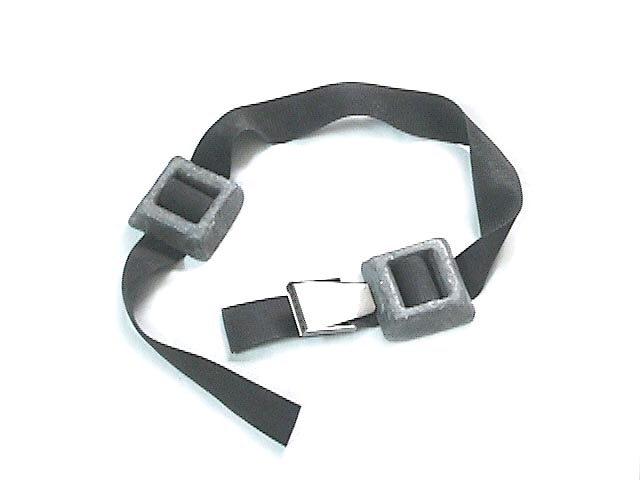Categories |
Diving Weigths and Belts
Divers wear weighting
systems, weight belts or weights,
generally made of lead, to counteract the buoyancy of other diving equipment,
such as diving suits and aluminum diving cylinders.
Providing the weights have a method of quick release, they provide a useful
rescue mechanism: they can be dropped in an emergency to provide instant
buoyancy which may return the diver to the surface. Dropping weights increases
the risk of barotraumas and decompression sickness due to uncontrollable
ascent to the surface. This risk can only be justified when the emergency
is life threatening. Very often divers take great care to ensure the weights
are not dropped accidentally, and many heavily-weighted divers arrange
their weights so subsets of the total weight can be dropped individually,
allowing for a somewhat more controlled emergency ascent.

Weigth belt picture
|
The quantity of lead weight
required is determined by the overall positive buoyancy of the diver,
which depends on the diver's body composition, buoyancy of other diving
gear worn (especially the diving suit), water salinity, and water temperature.
It normally is in the range of 2 kg / 4 pounds to 15 kg / 33 pounds.
The weights are generally made of lead because of its high density, low
cost, and resistance to corrosion. The lead can be cast in blocks, cast
block with gaps for straps or shaped as pellets often named "shot".
|
|

